Ditapis dengan
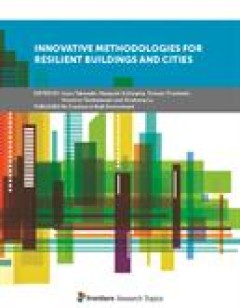
Innovative Methodologies for Resilient Buildings and Cities
Resilient buildings and cities are in the center of common interests in modern academic communities for science and engineering. Resilience of buildings and cities against multidisciplinary risks is strongly related to the sustainability of buildings and cities in which reduction of damage during risks and fast recovery from the damage are key issues. Robustness, redundancy, resourcefulness and…
- Edisi
- -
- ISBN/ISSN
- 978-2-88963-072-1
- Deskripsi Fisik
- 135 hlm.
- Judul Seri
- -
- No. Panggil
- -

Sustainability of Concrete With Synthetic and Recycled Aggregates
Concrete is a material used widely in building and construction applications worldwide; hence, it plays a significant role in the global construction sector. Cement is a major component of concrete and is used in construction applications, either on its own or as a composite with other materials, to improve workability, durability, strength, weight, and shrinkage. However, cement and concrete p…
- Edisi
- -
- ISBN/ISSN
- 978-1-83881-958-3
- Deskripsi Fisik
- 192 hlm.
- Judul Seri
- -
- No. Panggil
- -
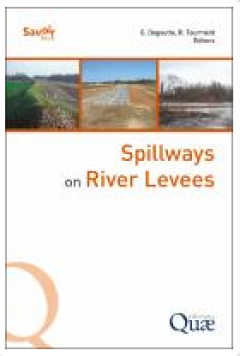
Spillways on River Levees
Levees are built on many rivers and mountain torrents to protect populations against floods. During medium floods, a well-constructed levee offers sufficient protection without requiring additional hydraulic structures. But this same levee represents a source of danger during high floods, since there is a risk of overtopping. Water that spills over a levee may create a breach that could potenti…
- Edisi
- -
- ISBN/ISSN
- 978-2-7592-3285-7
- Deskripsi Fisik
- 179 hlm.
- Judul Seri
- -
- No. Panggil
- -
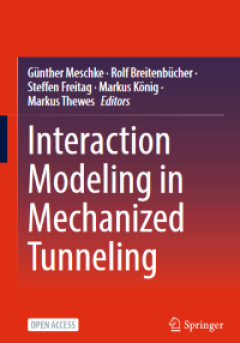
Interaction Modeling in Mechanized Tunneling
This open access book compiles the research results of the Collaborative Research Center SFB 837, which has been running since 2010 and will end in 2022, with the topic "Interaction Modeling in Mechanized Tunneling". The Collaborative Research Center is funded by the German Research Foundation (DFG) and is currently the world's largest research facility in the field of tunneling. The aim of the…
- Edisi
- -
- ISBN/ISSN
- 978-3-031-24066-9
- Deskripsi Fisik
- 477 hlm.
- Judul Seri
- -
- No. Panggil
- -
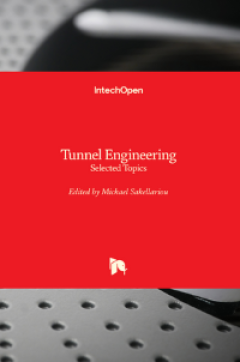
Tunnel Engineering: Selected Topics
This volume presents a selection of chapters covering a wide range of tunneling engineering topics. The scope was to present reviews of established methods and new approaches in construction practice and in digital technology tools like building information modeling. The book is divided in four sections dealing with geological aspects of tunneling, analysis and design, new challenges in tunnel …
- Edisi
- -
- ISBN/ISSN
- 978-1-78985-914-0
- Deskripsi Fisik
- 296 hlm.
- Judul Seri
- -
- No. Panggil
- -
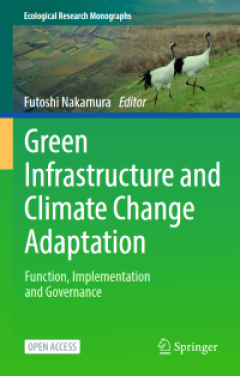
Green Infrastructure and Climate Change Adaptation: Function, Implementation …
This open access book introduces the function, implementation and governance of green infrastructure in Japan and other countries where lands are geologically fragile and climatologically susceptible to climate change. It proposes green infrastructure as an adaptation strategy for climate change and biodiversity conservation. In the face of climate change, dams, levees and floodways built as d…
- Edisi
- -
- ISBN/ISSN
- 978-981-16-6791-6
- Deskripsi Fisik
- 494 hlm.
- Judul Seri
- -
- No. Panggil
- -
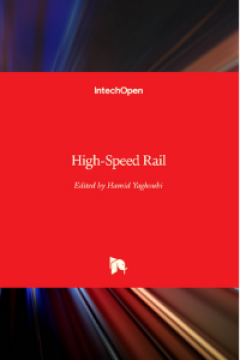
High-Speed Rail
The rapid expansion of transportation industries worldwide, including railways, and the never-ending desire to reduce travel time have highlighted the need to resort to advanced transit systems. Conventional railway systems have been modified to make them travel at much higher speeds. High-Speed Rail includes the main topics and basic principles of high-speed railways (HSRs). The book reflects …
- Edisi
- -
- ISBN/ISSN
- 978-1-83880-924-9
- Deskripsi Fisik
- 80 hlm.
- Judul Seri
- -
- No. Panggil
- -

Proceedings of the 8th International Conference on Civil Engineering
This open access book is a collection of accepted papers from the 8th International Conference on Civil Engineering (ICCE2021). Researchers and engineers have discussed and presented around three major topics, i.e., construction and structural mechanics, building materials, and transportation and traffic. The content provide new ideas and practical experiences for both scientists and profession…
- Edisi
- -
- ISBN/ISSN
- 978-981-19-1260-3
- Deskripsi Fisik
- 564 hlm.
- Judul Seri
- -
- No. Panggil
- -
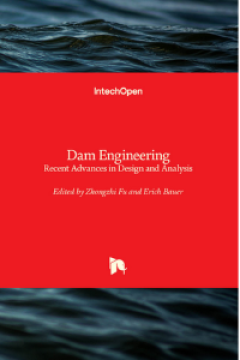
Dam Engineering: Recent Advances in Design and Analysis
Dams are critical structures in the sense that damage or breach of even a small dam may cause an unacceptable loss of life and property. Therefore, the safety of dams over the intended lifespan is of utmost importance for unrestricted operation. The basic prerequisites for any safe and successful operation of a dam include state-of-the-art design, experimental investigations of the construction…
- Edisi
- -
- ISBN/ISSN
- 978-1-83962-159-8
- Deskripsi Fisik
- 206 hlm.
- Judul Seri
- -
- No. Panggil
- -

Theory and Practice of Tunnel Engineering
Tunnel construction is expensive when compared to the construction of other engineering structures. As such, there is always the need to develop more sophisticated and effective methods of construction. There are many long and large tunnels with various purposes in the world, especially for highways, railways, water conveyance, and energy production. Tunnels can be designed effectively by means…
- Edisi
- -
- ISBN/ISSN
- 978-1-83969-375-5
- Deskripsi Fisik
- 90 hlm.
- Judul Seri
- -
- No. Panggil
- -
 Karya Umum
Karya Umum  Filsafat
Filsafat  Agama
Agama  Ilmu-ilmu Sosial
Ilmu-ilmu Sosial  Bahasa
Bahasa  Ilmu-ilmu Murni
Ilmu-ilmu Murni  Ilmu-ilmu Terapan
Ilmu-ilmu Terapan  Kesenian, Hiburan, dan Olahraga
Kesenian, Hiburan, dan Olahraga  Kesusastraan
Kesusastraan  Geografi dan Sejarah
Geografi dan Sejarah